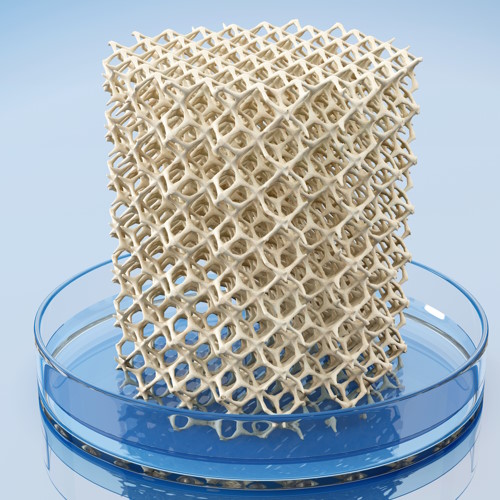Key points from article :
Carnegie Mellon University (CMU) array is a new type of microelectrode array for brain-computer interface platforms to treat neurological disorders.
The ultra-high-density microelectrode array (MEA), which is 3D-printed at the nanoscale, is fully customizable, i.e. can personalize medical treatment optimized for individual needs.
Rahul Panat, the associate professor explained, "Aerosol Jet 3D printing offered three major advantages:
1. Users are able to customize their MEAs to fit particular needs
2. The MEAs can work in three dimensions in the brain
3. The density of the MEA is increased and therefore more robust."
MEA-based BCIs connect neurons in the brain with external electronics to monitor or stimulate brain activity.
The most important aspect of an MEA is its three-dimensional sampling ability.
"Within a matter of days, we can now produce a precision medicine device tailored to a patient or experimenter's needs," says Eric Yttri, co-senior author.
The study was carried out at Carnegie Mellon University and the findings were published in Science Advances.







